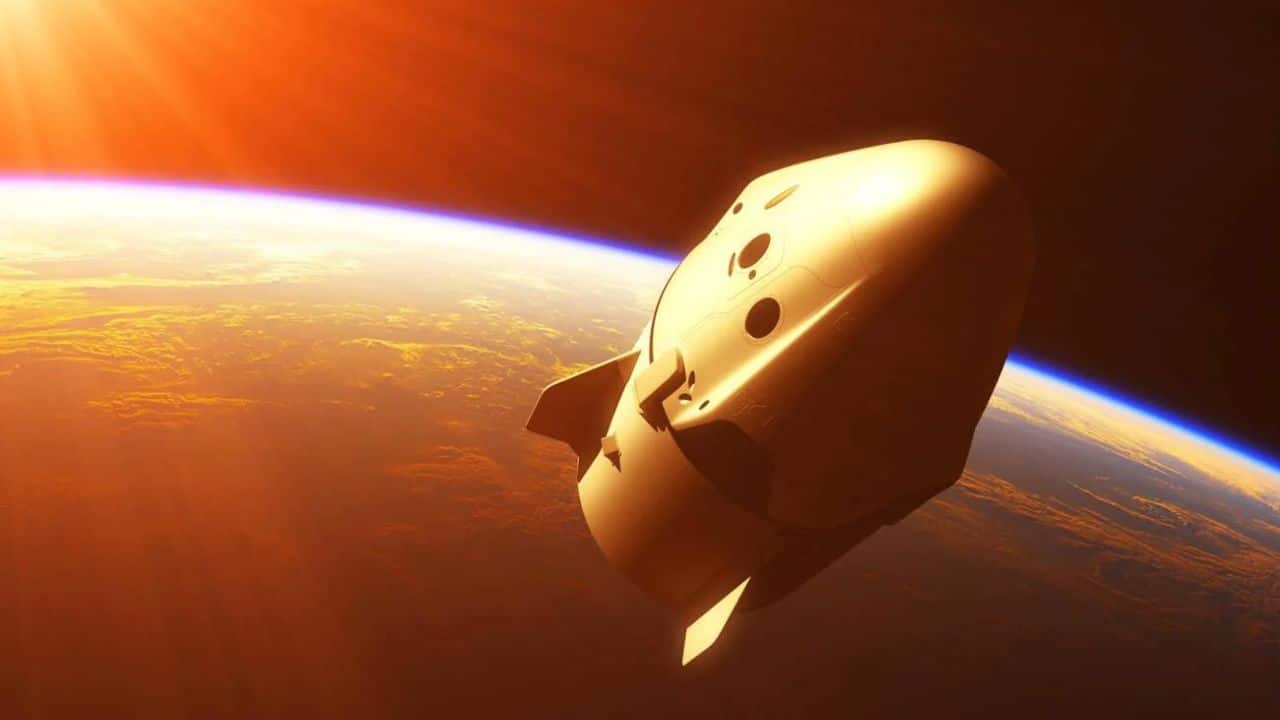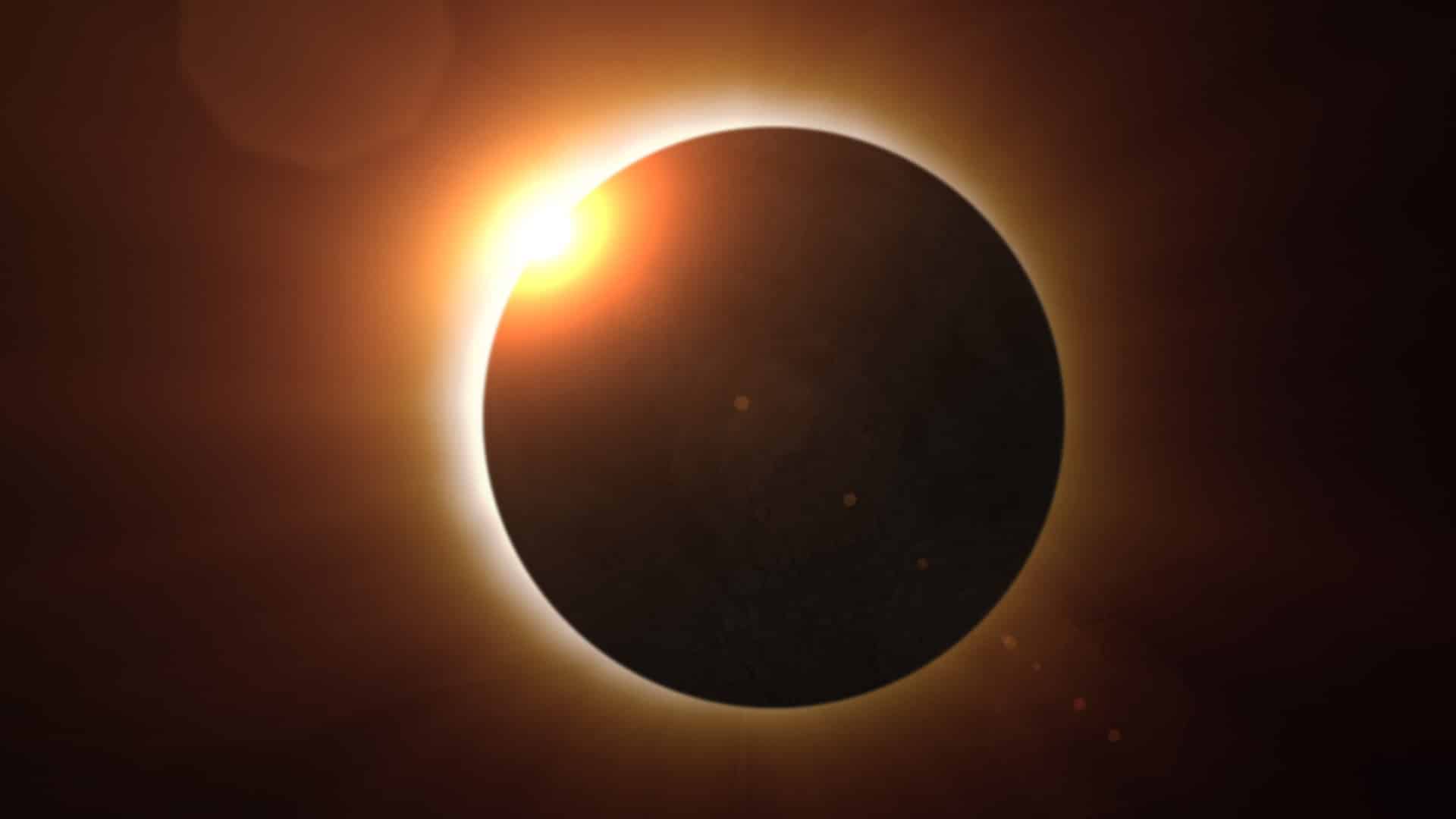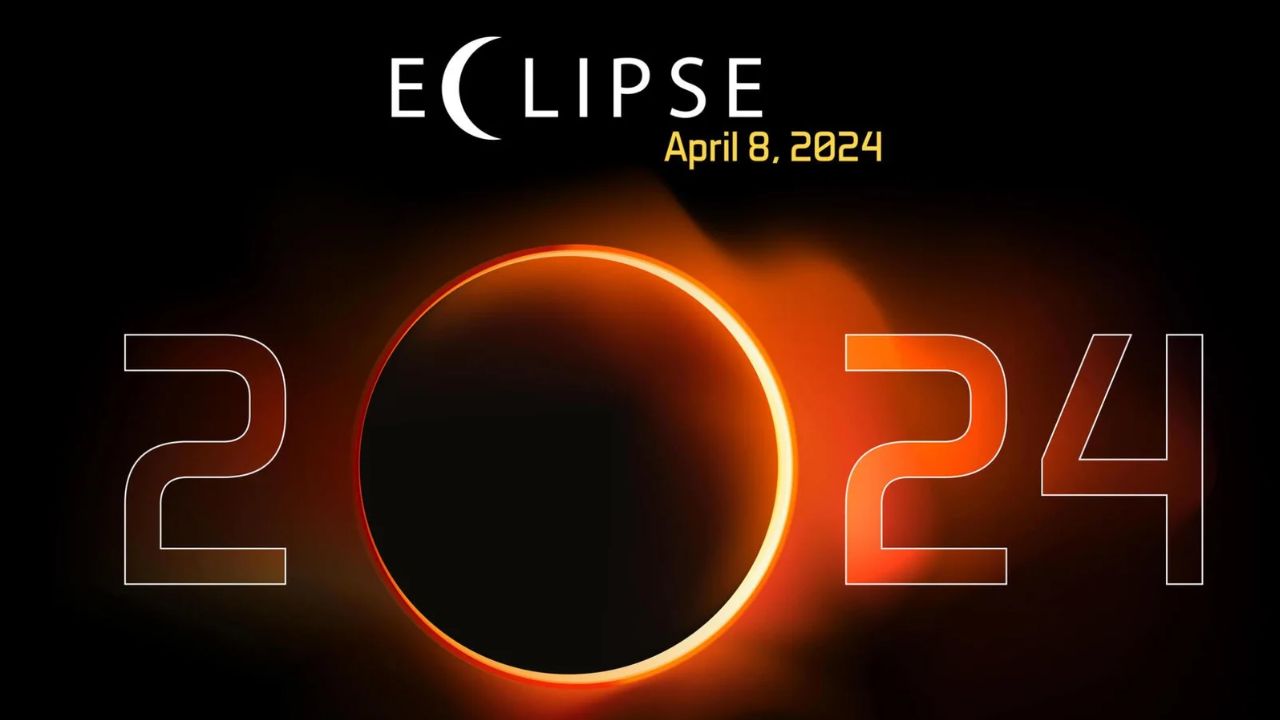On August 30, 2023, a super blue moon appeared in the night sky with a bold and vivid face, almost 14% larger than usual. Photographs from around the world showed it rising above Earthlings, from a baseball game in San Francisco to the famed Galata Tower in Istanbul, Turkey.
A super blue moon is unique in that it is a trifecta of events occurring all at once in one brilliant lunar event – a full moon, a supermoon, and a blue moon.
To begin with, a full moon happens when the moon is precisely opposite the sun, with the Earth in the middle. The light reflects off the moon’s surface and shines to Earth from here. The moon appears to be in distinct phases as it orbits Earth at varying angles to the sun. The moon’s revolution around the Earth takes around 27.3 days.
The moon, on the other hand, does not orbit the Earth in a perfect circle. Rather, the moon orbits the Earth in an elliptical pattern, constantly closer to one end of the ellipse and never directly in the center. This means that the moon will sometimes be closer to the Earth on one end of the elongated circle than the other. A supermoon occurs when the Moon is closest to Earth and full at the same moment. It appears closer, larger, and brighter in the sky. Four of the thirteen full moons in 2023 will be supermoons.
Finally, a blue moon is the occurrence of two full moons during the same month. The moon is not literally blue, but the phrase inspired the term “once in a blue moon,” which refers to an event that occurs just once in a lifetime. A blue moon happens when two full moons occur during the same month due to the moon’s orbit being slightly shorter than a full month. Because 2023 only witnessed one blue moon, the August 30 occurrence is much more important. This term has been in use since 1946, however an older definition, dating back to the 1500s, referred to the third full Moon in a season of four Moons.
When these three moons align, it is an extremely unusual occurrence. According to Nasa, approximately 25% of all full moons are supermoons, while only 3% of full moons are blue moons, with the next super blue moon occurring in January 2037.
Tidal warnings
The super blue moon was more than just a gorgeous face, as coastal authorities sent warnings to towns ahead of its occurrence.
“This full moon brings the Spring tide — where the high tide is higher than normal and the low tide is lower than normal,” according to the National Sea Rescue Institute.
“Spring tides occur every month at the full moon and new moon [and] can have an increased effect on the strength of rip currents.”
Tides are caused by the moon’s gravitational influence on the Earth, which changes the ocean distribution. The moon’s gravitational forces suck the Earth’s water and cause tides as it revolves. When the moon is full, the Earth, Sun, and Moon align, and their gravitational pull combines to produce extraordinarily high tides known as spring tides, as well as very low tides caused by displaced water. The Spring tides could not have come at a worse time in the United States, as Hurricane Idalia ravaged Florida’s coasts and the tides worsened flooding caused by the hurricane.
Shining down on Earth
For centuries, the moon has played an important part in numerous religions and societies, from the Jewish calendar to the Chinese calendar.
The super blue moon this year also coincided with the Hindu festival Raksha Bandhan, which celebrates the tie between brothers and sisters. Siblings share gifts and tie rakhi, a holy thread, around each other’s wrists to rejoice.









































